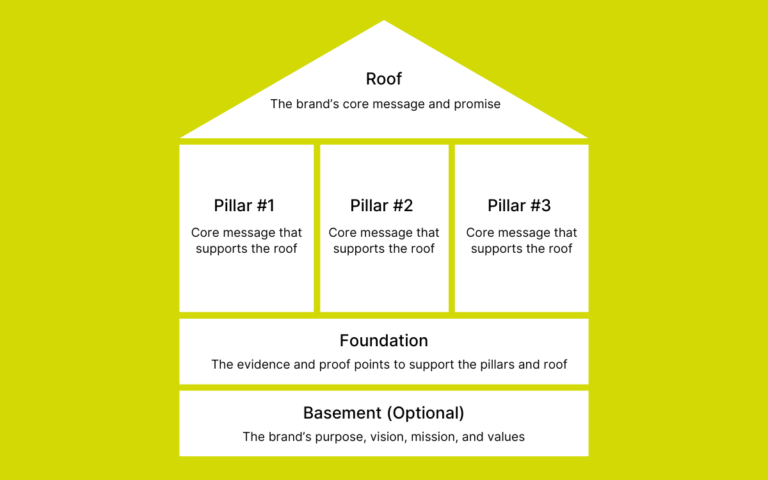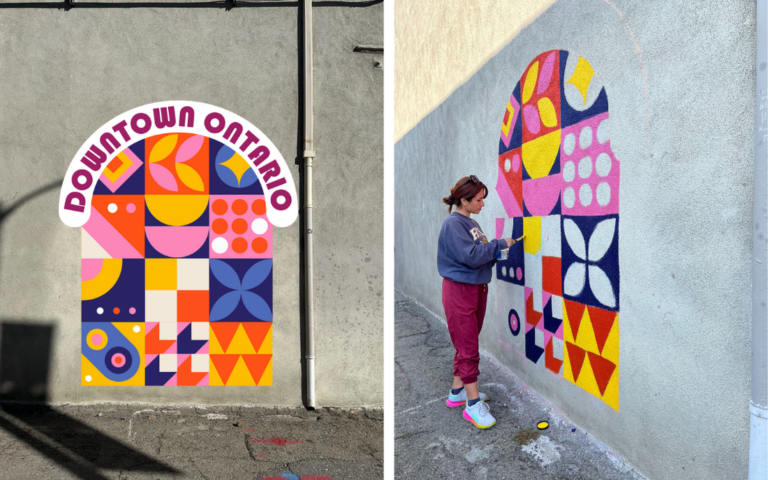Keeping pace with the steady streams of product and service advertisements invading every digital device individuals own can be challenging. This has resulted in many modern-day consumers becoming desensitized to hearing terms like “limited-time offer” or “unbeatable selection” and instead focusing on brands that prove their value in other, more genuine ways.
One way brands can help establish this type of connection with their audiences is through storytelling. Like any good story, having a powerful narrative can create a much more emotional response than simply reading through standard messaging.
From a brand perspective, storytelling can change a customer’s perception when making purchases – effectively turning a basic transaction into a much more meaningful experience.
Proven Systems for Business Owners, Marketers, and Agencies
→ Our mini-course helps you audit and refine an existing brand in 15 days, just 15 minutes a day.
→ The Ultimate Brand Building System is your step-by-step blueprint to building and scaling powerful brands from scratch.
Table of Contents
Getting to Know Your Audience On a Deeper Level
Becoming an effective brand storyteller is less about imaginative writing and more about understanding how and why messaging can evoke certain emotional responses. But to get this point, you first need to know who your audience (“reader”) is.
Most established brands have likely conducted market research to identify their ideal customer types. However, identifying a broad target group or even individual customer personas is really just scratching the surface. For your brand to be effective at storytelling, it also needs to discover more granular details about how the target demographic thinks and feels about certain topics.
Although demographics like age ranges, gender-specific metrics, or the location of your target audience can help to keep your messaging relevant, it’s also important to break down their psychographics as well. This means knowing what kind of values or interests each group has as well as common challenges they deal with.
All of this information provides a baseline that you can use to build a compelling narrative that speaks directly to them.
Using the Hero’s Journey Framework
It can seem intimidating when trying to get started with brand storytelling. Luckily, there are specific frameworks in place that brands can follow to move them in the right direction.
One of the most well-known storytelling frameworks is the “Hero’s Journey,” also called “Campbell’s Monomyth”. Even if you’ve never heard of the concept, there is a good chance you’ve already come across it in your favorite novel or movie title.
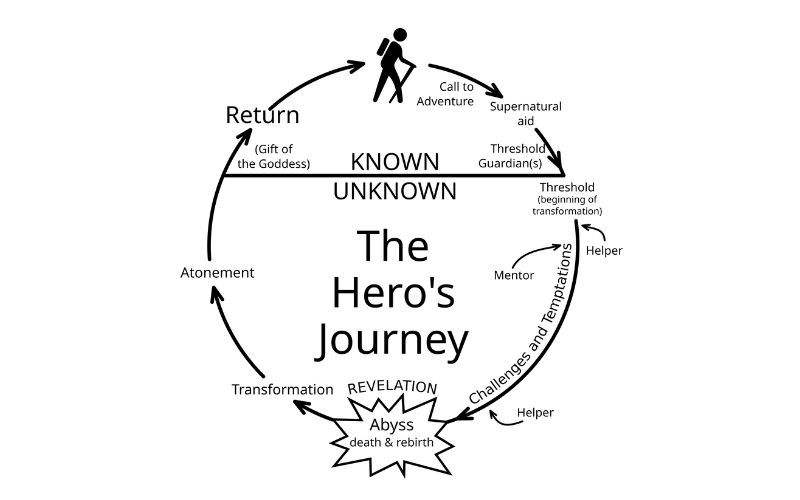
Even though this framework is often thought of in reference to fantasy or other non-fictional writing, the way it is designed can actually help brands quickly engage their audiences while implementing purposeful elements that impact every stage of a purchasing journey.
Below is a basic summary of how the Hero’s Journey can be used in different stages of a brand and customer interaction:
- Awareness Stage – Just like many heroes in stories are unaware of specific problems or situations around them, awareness stages allow brands to build a narrative with their audience that resonates and promotes action
- Consideration Stage – Along a hero’s journey, they often face many different challenges. This is likened to a customer’s consideration stage when they have multiple options to explore across various competitors.
- Decision Stage – At some point, a hero needs to accept the challenge and go on their adventure or quest. This decision stage is likened to a customer deciding to make a purchase with your brand.
- Retention Stage – Happy endings in stories rarely happen without the hero needing to go through various trials. This is the same when brands need to handle various obstacles that could lead to poor customer satisfaction.
- Advocacy Stage – The end of the hero’s journey shows them overcoming obstacles and returning home safely. This closure is represented when companies are able to create loyal brand advocates willing to share their experiences with others.
Breaking Down the Elements of Emotional Storytelling
Knowing how to be an emotional storyteller is just as much a science as an art form. However, there are some basic elements that brands can incorporate to help their stories resonate more with their audience:
Authenticity
Modern-day consumers are much more informed than they were years ago. This means that they can tell when they’re “being sold,” and a business isn’t giving them the full story. It’s important to never consciously or unconsciously try to insult your audience’s intelligence by staying authentic in everything you do.
Vulnerability and Relatability
A large part of emotional storytelling is not being afraid to open up and show the human side of your brand. This may mean providing messaging that isn’t strictly self-serving and recognizes your audience’s need to weigh all their options, such as comparing your products or services with other brands.
Emotions that Drive Action
The stories you tell should be designed to evoke certain actions. Not all messaging is the same, and the emotions that drive action (and purchases) could be happy, sad, or anything in between.
Conflict and Resolution
Every brand story you tell should have a particular element of conflict and resolution attached. This is when it helps your audience to relate to your messaging. Creating a challenge they understand, building tension, and then relieving it with your brand solution is a great way to help them understand the bigger picture you’re trying to create.
Finding Your Brand’s Narrative
Regardless of the industry, all brands have a story to tell. But knowing how to put these elements into words isn’t always easy. To help you with this process, here are a couple of ways you can find your brand’s narrative:
Start With Your Core Values
Your brand’s narrative should be grounded in the core values it tries to uphold. Your core values should be reflected in everything you do, and it only makes sense that the story you tell should incorporate these as much as possible.
Think of what matters most to you – maybe it’s sustainability or community involvement. In this case, your storytelling might begin by presenting relevant statistics or global issues that highlight the importance of taking this position.
Identify Your Unique Selling Proposition
Knowing what makes your brand unique will help you highlight certain values to your customers. Your unique selling proposition can be anything from high levels of customer service to a product or service unavailable anywhere else. Once you’ve established an overarching narrative that represents your brand, you can explore various ways to incorporate it into your web content or across different marketing channels.
Effective Ways You Can Showcase Storytelling In Your Marketing
On Your Website
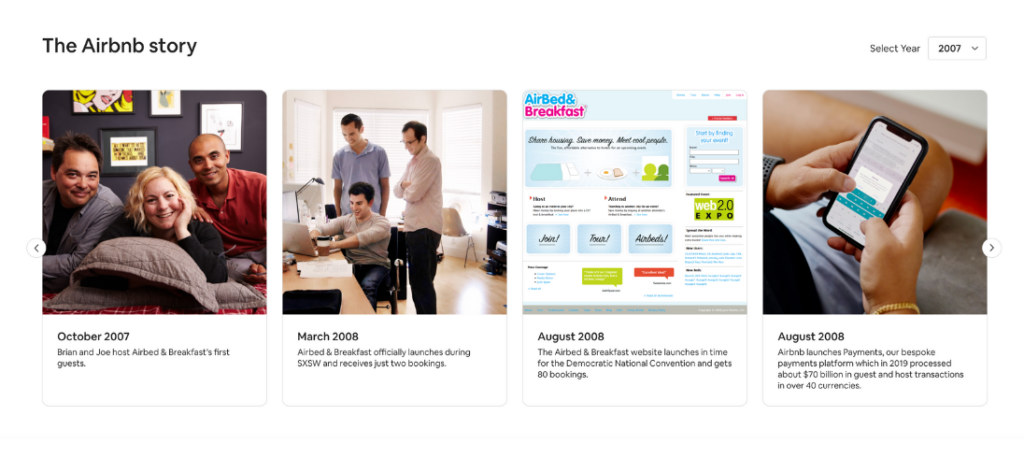
Your website is always a great place to show your audience who you are through effective storytelling. For example, Airbnb’s About Us page is incredibly in-depth and helps paint a narrative about the company’s mission to “create a world where anyone can belong anywhere.” This page is highly effective at telling the company’s journey and what matters most to them.
Blog Posts and Articles

Of course, the content you create on your website gives you a number of great opportunities to share your stories. However, when you’re doing this, it’s important to use visual elements to help drive your points even further. GoPro has done a great of this by leveraging their customer’s own videos and captured moments to help connect their value as a brand with the experiences of their audience.
Social Media Content
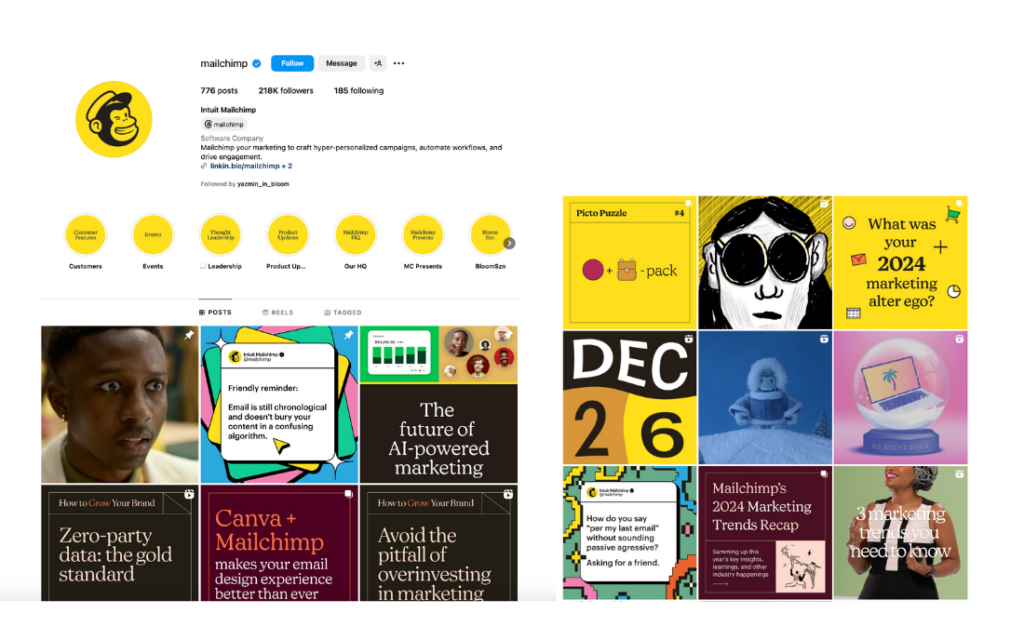
Social media platforms have always been a great place for brands to share stories with their customers while building a strong narrative for their brand. Mailchimp, for example, has always used this platform to show its fun personality as a brand. Rather than trying to be something they’re not, they use this medium to post funny memes and encourage more engagement with their followers. This shows that you don’t always need to take yourself seriously when it comes to telling your brand’s story.
Create More Memorable Interactions With Your Customers
With so many businesses to choose from, it’s important that you give your customers a compelling reason to engage with your brand. By following the strategies discussed, you can create an authentic narrative that resonates and creates a more memorable experience for your audience.
Credits
- Cover image: Photo by Daniel Schludi






